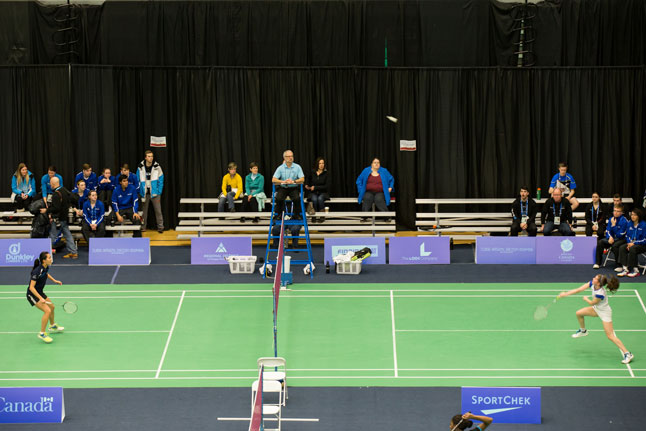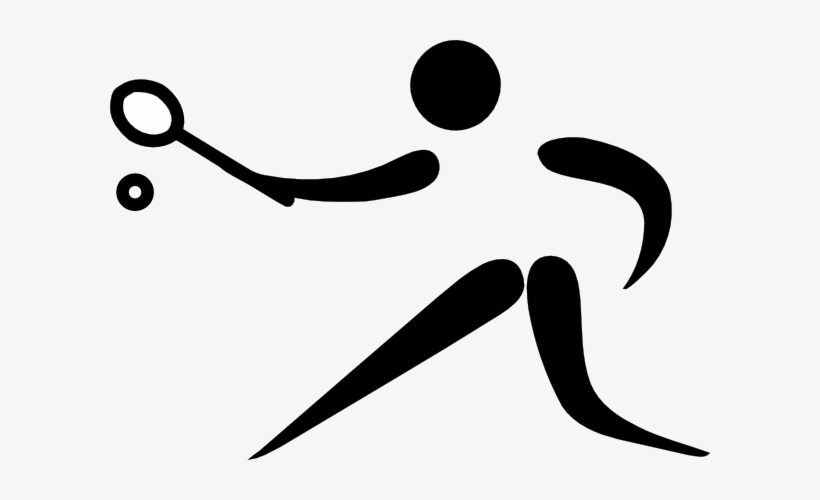How To Choose a Badminton Racket
Wondering how to choose a badminton racket? Getting into badminton can be daunting at first and choosing the best products to purchase can be even more so. There are so many products and brands to choose from, and while we write reviews to help you choose the best rackets and equipment, how can you decide which racket will be the best for you?
So, we have created this guide to help you choose a badminton racket that suits your personal playing style or level.
There are five factors to consider when purchasing a badminton racket:
- What type of balance does the racket have?
- What is the weight of the racket?
- How flexible is the shaft?
- What is the length of the shaft?
- What is the string tension?
Once you know these questions, you’ll be able to narrow down your choices based on the variety of different rackets that brands have to choose from.
What type of balance does the racket have?
The balance of a racket refers to where the weight is largely located. The categories consist of head-heavy, even-balance and head-light.
Head-Heavy Rackets
Head heavy badminton rackets are a popular choice amongst back-court players as they allow for more powerful plays. The heavier head allows for increased power in their clears and smashes, and can be chosen for players who want to consistently produce long clears

Head-light Rackets
Head light rackets may be more suited to players who play doubles more than singles. The lighter head allows for the racket to be manipulated and swung easier than a head heavy racket. This type of racket helps in defending smashes as you will need to react quickly in the defence. They are also better when playing shots at the net and finishing off front court rallies. You could consider a light headed racket if you prefer to play fast, driving and attacking badminton in doubles or if you focus on technique and speed as a singles player.

Even-Balance Rackets
Even balance rackets are intended to be a compromise between head-heavy and head-light balance rackets, attempting to give the benefits of both by providing enough power from the back and enough control and agility at the front. As this racket is suitable for all types of shots, and have no preference when it comes to playing the back-court or front-court. This makes it the perfect racket for beginners who want to develop an all-round game, or for more advanced players who plays singles and doubles regularly.

What is the ideal racket weight for you?
The most common racket weights are:
- 5U: 75g–79.9g
- 4U: 80-84g
- 3U: 85-89g
- 2U: 90-94g
- 1U: 95-100g
For beginners, lightweight badminton rackets might be the best option. You may want to opt for a 4U-5U racket as they are usually easier to control and allow for quick strokes and recovery.
Single players may use a 3U racket to ensure stability, while doubles players may want to opt for a 4U racket.
As a rule of thumb, The lighter the racket, the greater the player’s manoeuvrability and speed, however it will not generate as much power. The opposite goes for a heavier racket.
What is the length of the racket?
A typical badminton racket does not exceed 680mm from the bottom of the grip to the tip of the racket head. The longer the racket, the more power can be accelerated during the game, however you will get less manoeuvrability, and vice versa.
As a beginner, we would suggest choosing a racket with a length between 665 to 670mm, as it is the most common racket length.

How flexible is the shaft?
This refers so how the racket can be bent and should be taken into account when purchasing a badminton racket. Flexibility can be described as:
- Flexible
- Medium
- Medium-Stiff
- Stiff
- Extra Stiff
The stiffer the racket, the less time shuttlecocks have to strike and bounce back from it, and therefore more kinetic energy is absorbed, resulting in a more forceful and explosive smash. However, controlling the swing would necessitate a better degree of skill, and vice versa.
The more flexible the racket, the slower, softer, and smoother your arm and wrist swing, whereas a stiff racket is required for a rapid, aggressive, and forceful smash.
We recommend that a novice use a flexible to medium racket since it is simpler to manage. A string tension closer to the lower end is also desirable so that the force created by the racket is decreased.











